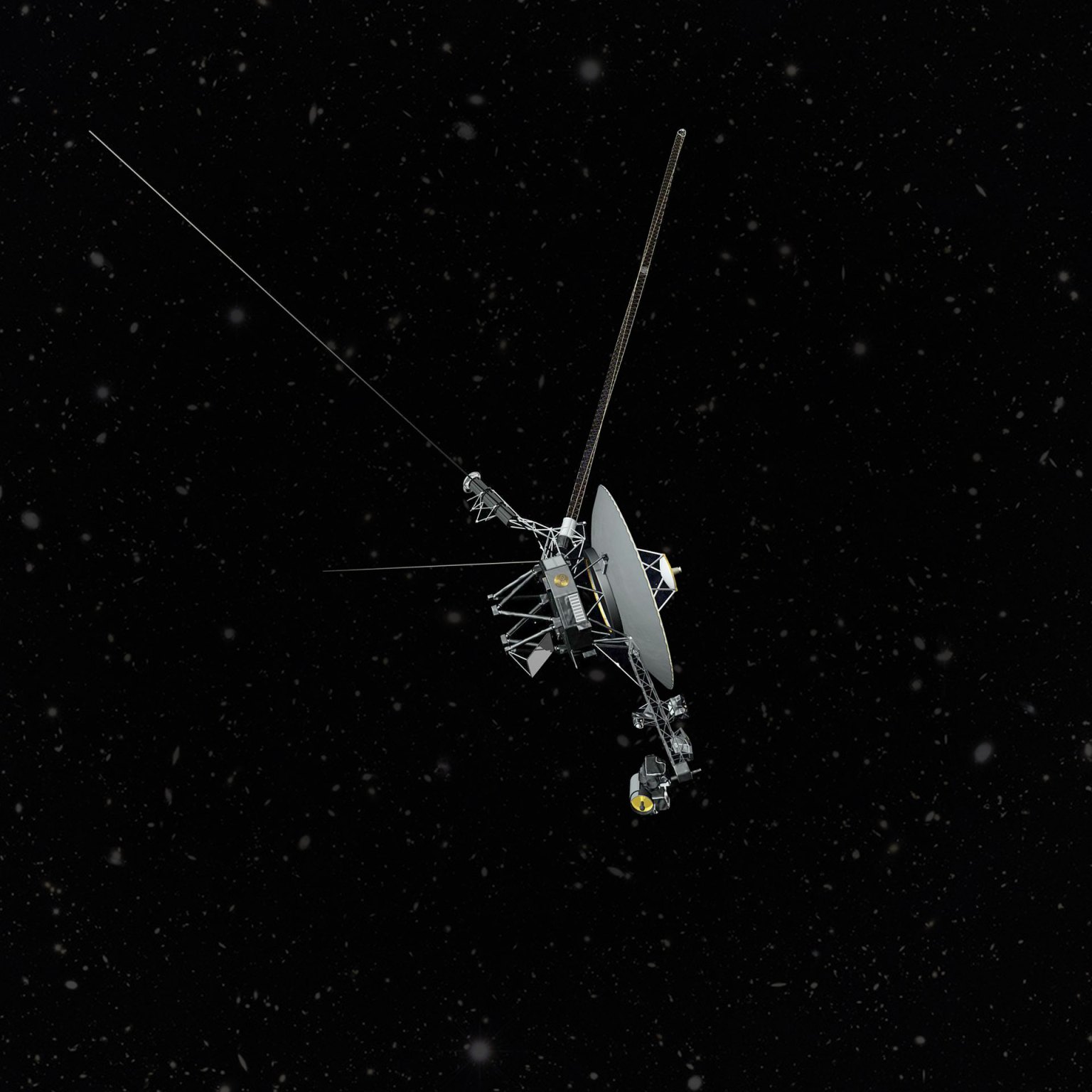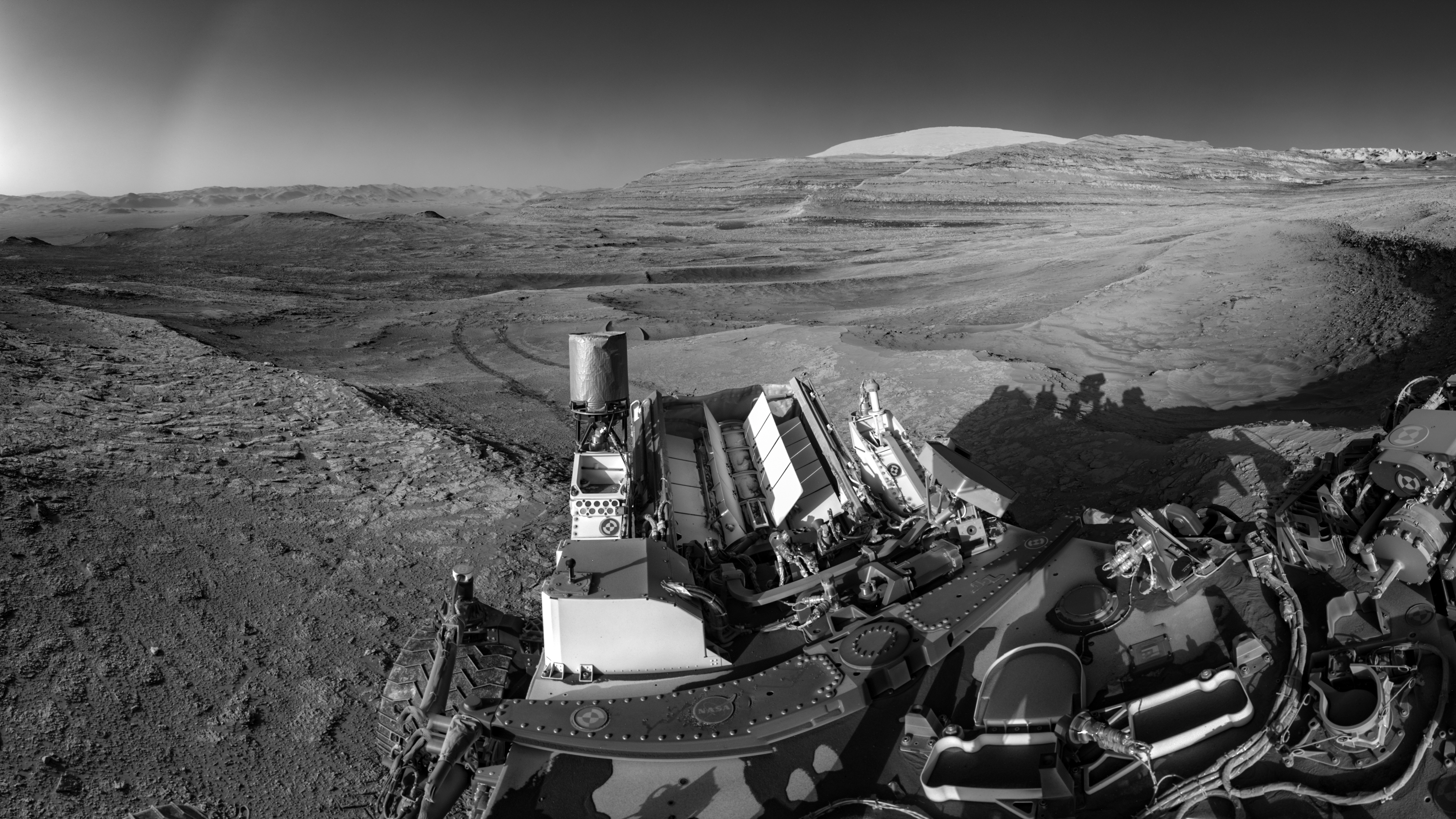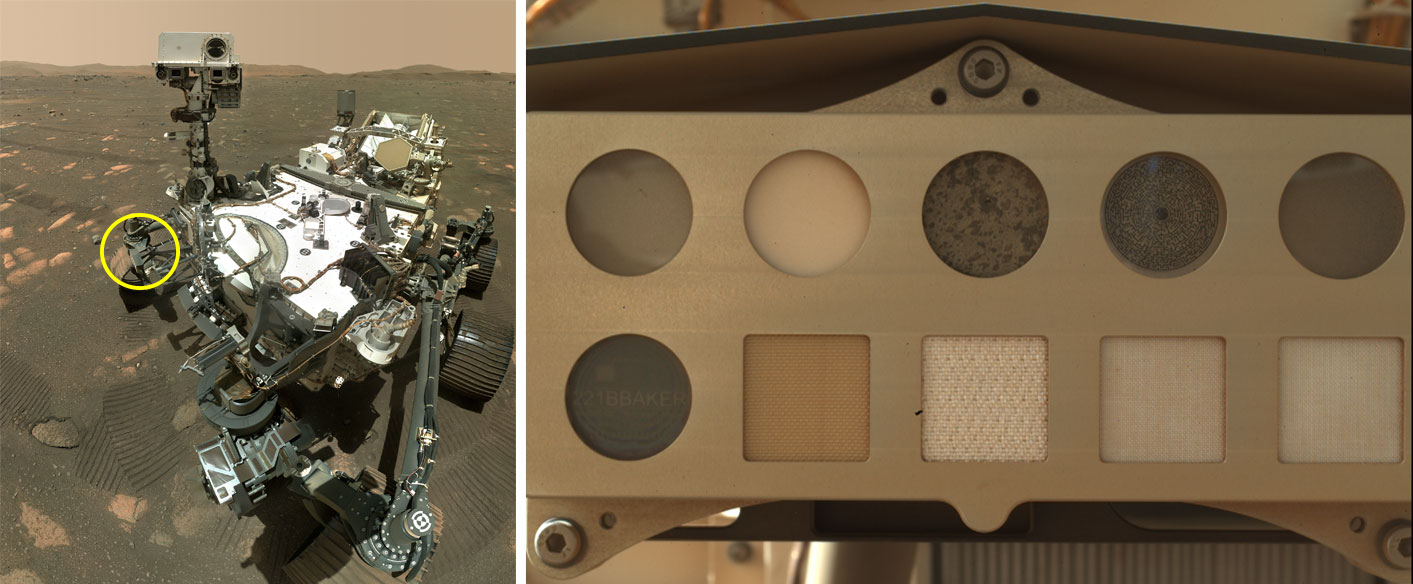


























Read about the latest discoveries and innovations powered by radioisotope systems.

Choosing between solar and nuclear power for a space mission has everything to do with where a spacecraft needs to…
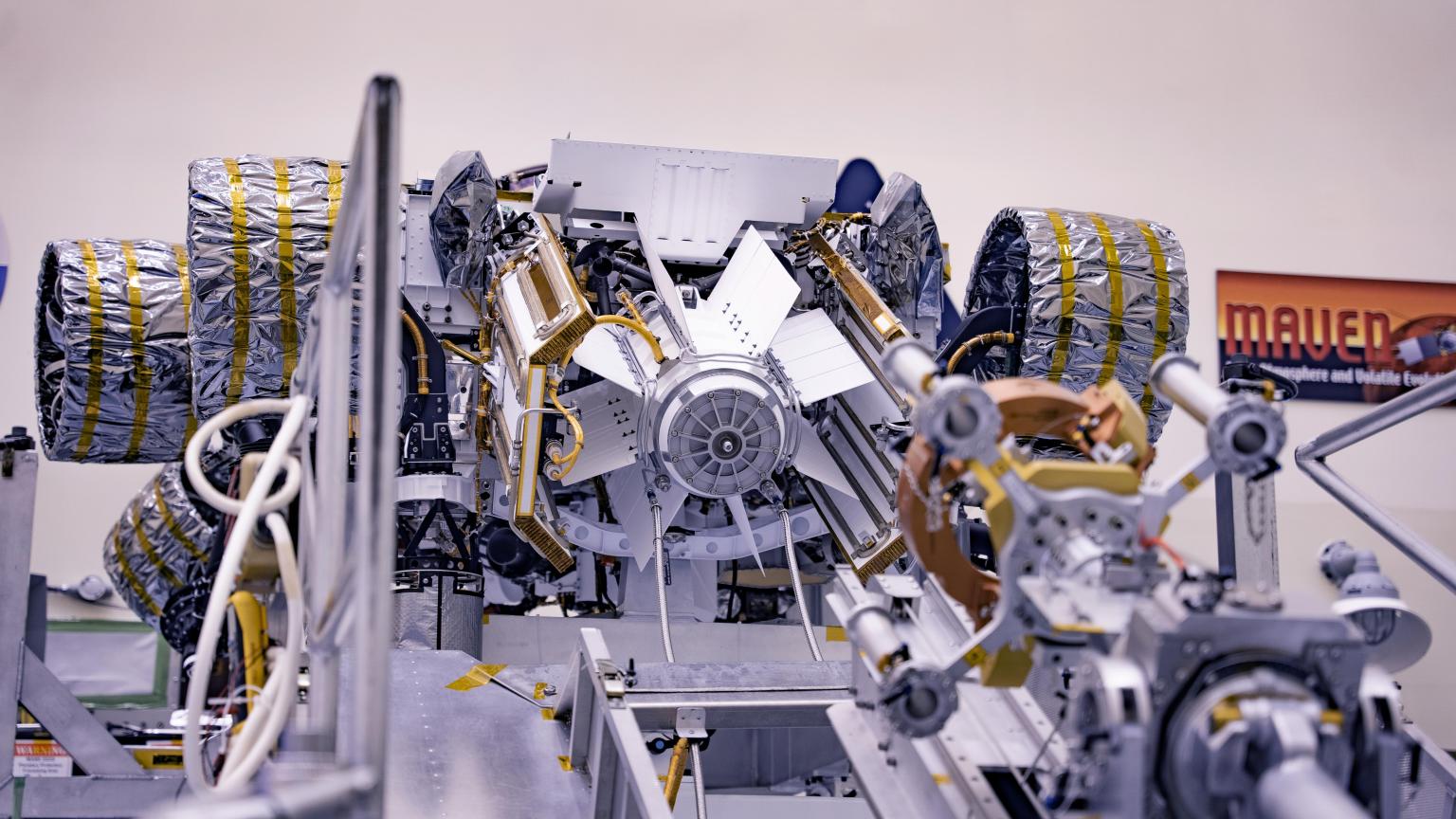
Several unique features of plutonium-238 have made it the material of choice to help produce electrical power for spacecraft.
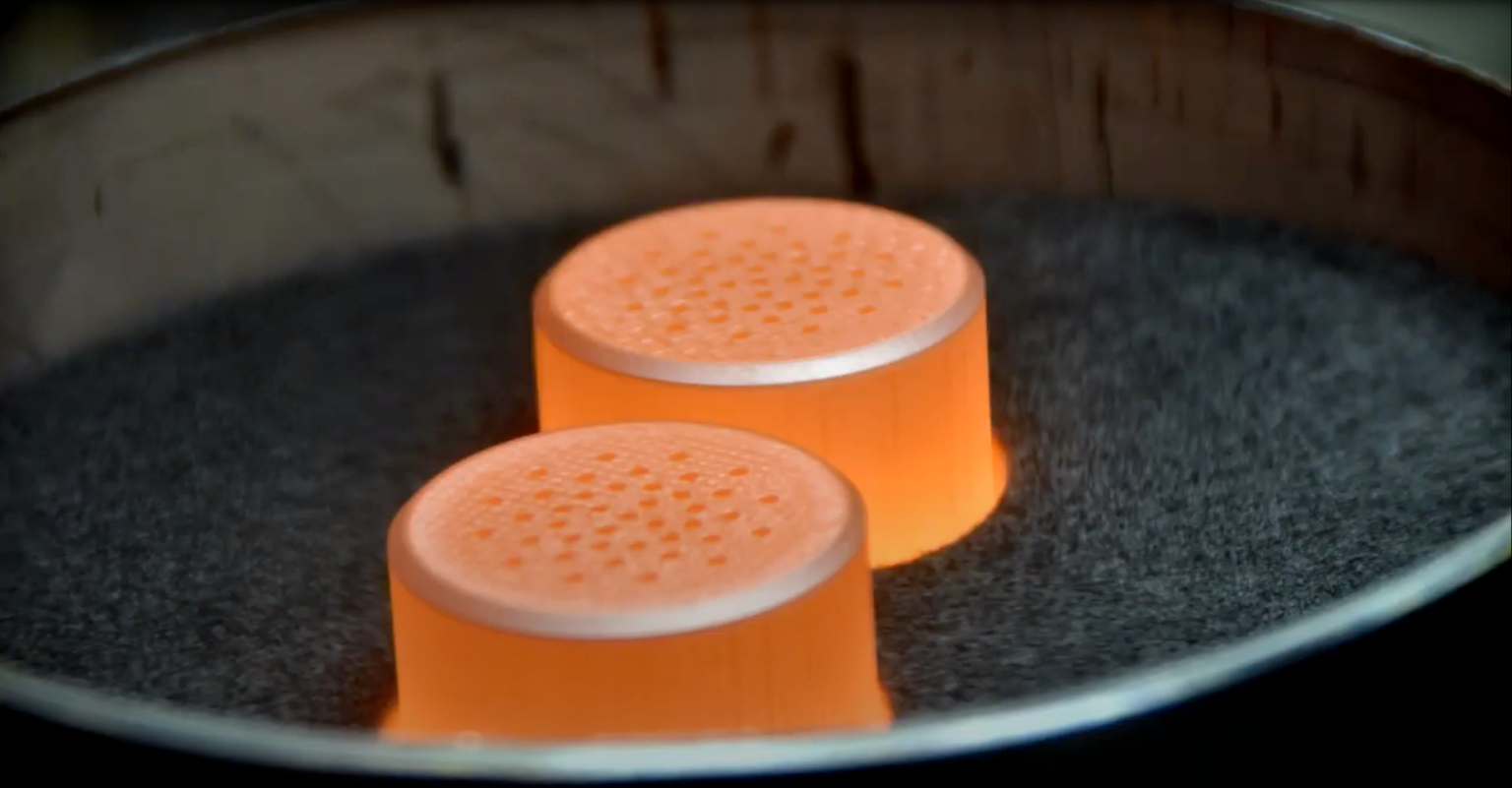
Safety is a critical priority in NASA’s use of radioisotope power systems, and is integrated into every phase of the…
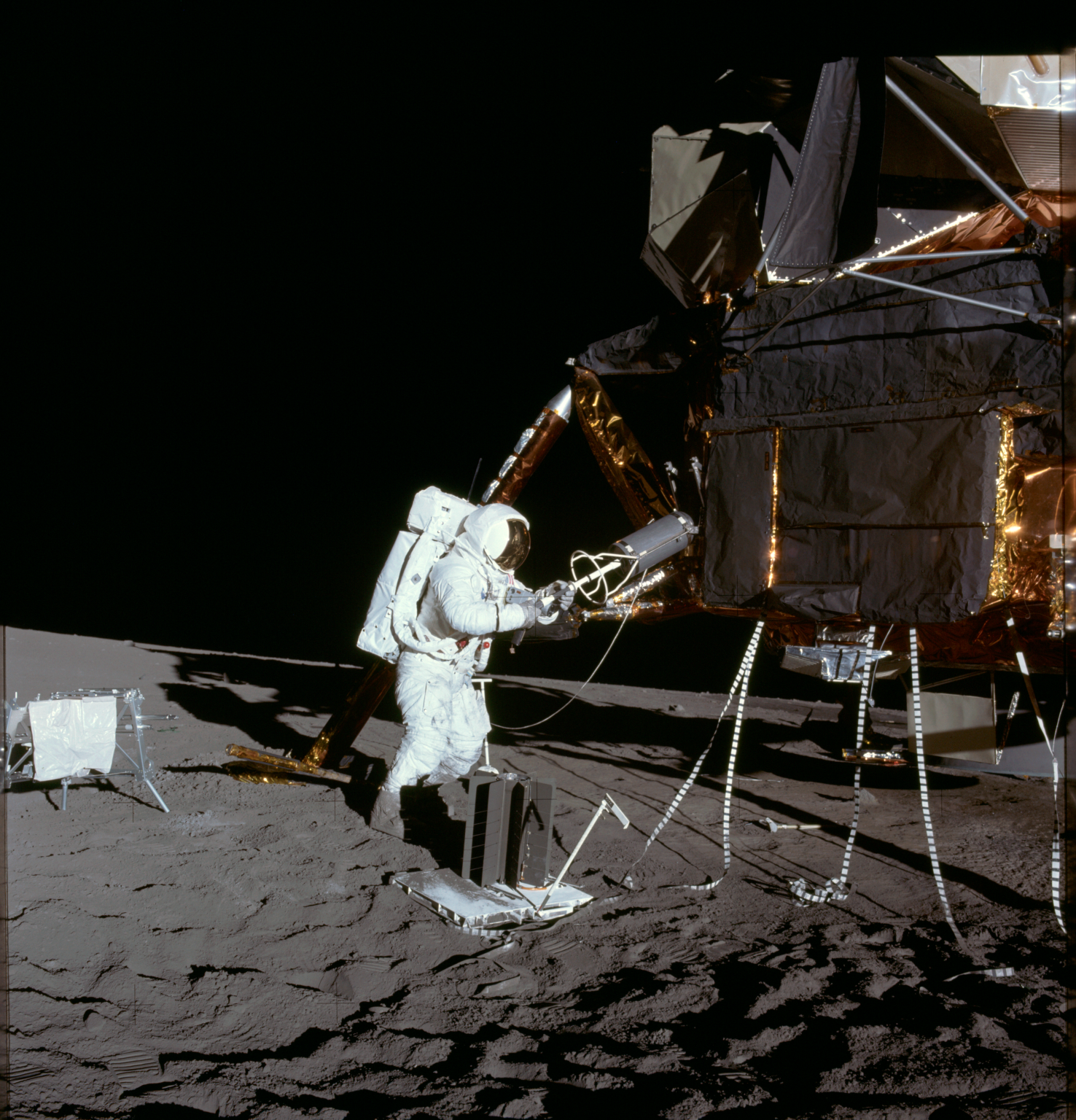
Frequently asked questions about radioisotope power systems (RPS).
